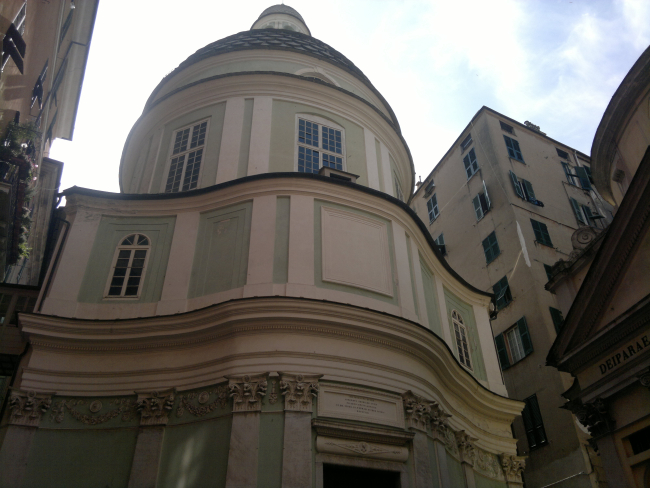The Feast of St. George
There are no reliable records concerning the life or indeed the existence of Saint George.
Most of the information we have derives from the Passio Georgii, already considered apocryphal as far back as 496. According to this hagiographic source, George was born in Cappadocia around 280 and given a Christian upbringing by his parents. He moved to Palestine and served as a bodyguard of Diocletian, becoming an official of the militia. When George confessed to being a Christian, the emperor invited him to make a sacrifice to the Roman gods; he categorically refused and was subjected to martyrdom in Lydda, Palestine.
All the rest is legend, yet those mythical stories have triumphed not only in literature, but also in art. Legend tells of a lake out of which a pestilent dragon emerged, wreaking death by corrupting the air as it approached the walls of a city called Selem, in Libya. To keep it at bay, the inhabitants drew lots to offer up six young victims as a meal for the poisoner, until it became the turn of the King’s daughter, the princess Silene, whereupon her father tried in vain to save her from the sacrifice.
It was then that the mythological hero, set to become St. George in Christian legend, engaged the dragon in violent combat, saving the girl from certain death and the people of the city from constant threat. Unlike Perseus, St. George did not slay the dragon for the love of the princess, but to ask the people to believe in Christ and to embrace Christian baptism.
The cult of St. George - which in the Middle Ages became a symbol of the fight of good against evil and, as such, an embodiment of the ideals of chivalry - enjoys widespread popularity.
In Genoa, the symbol of St. George is used to this day in the City's coat of arms and the popularity of his cult dates back to the time of the Christian Crusades in the Holy Land: during a violent battle in Antioch in 1098, the crusading knights and British commanders were rescued by the Genoese, who reversed the outcome of the battle and advanced the conquest of the city, deemed impregnable.
Legend has it that the martyr appeared to the Christian soldiers accompanied by beautiful, shining, celestial creatures, with a multitude of flags bearing red crosses on a white background; this design would later be adopted as the flag of Genoa.
Genoa named a knightly military order after the Saint, with a golden chain and enamelled red cross, granting its most distinguished captains the honour of embellishing the entrances to their homes with the image of the Saint, which also appeared on the city's coins.
The "beò (blessed) St. George" was never forgotten, even outside the homeland. The Genoese dedicated churches in Naples and Palermo to the Saint and spread the effigy of the Protector through its overseas domains: a stone bas-relief, dating to 1467 and bearing the Lercari coat of arms, was returned to Italy from Balaklava by General Lamarmora following the Crimean expedition.
The feast of the saint is celebrated on April 23.
The Church of San Giorgio: Erected in the Byzantine period, with reliable records dating back to the year 964, the church dedicated to the saint stands in Piazza San Giorgio; it would later be proclaimed the "Santuario della Patria" (Sanctuary of the Homeland), as it housed the standard of the Republic that was delivered with great solemnity to the captain general of the armada when the fleet was sent into battle.
The church was rebuilt in the 1500s and again at the start of the 17th century. In its elliptical interior, visitors can admire the "Martyrdom of St. George" by Luca Cambiaso, located in the choir.

